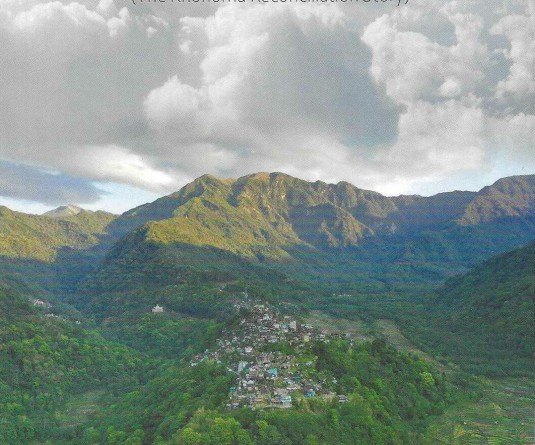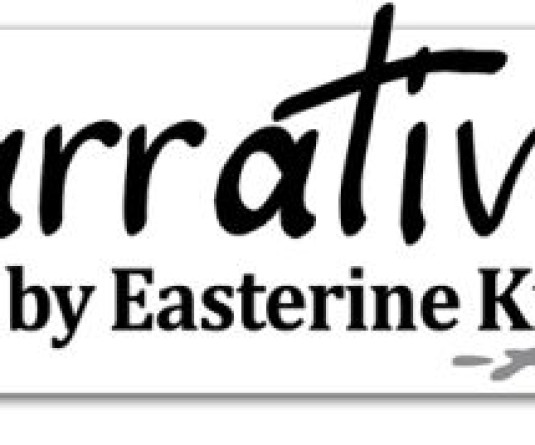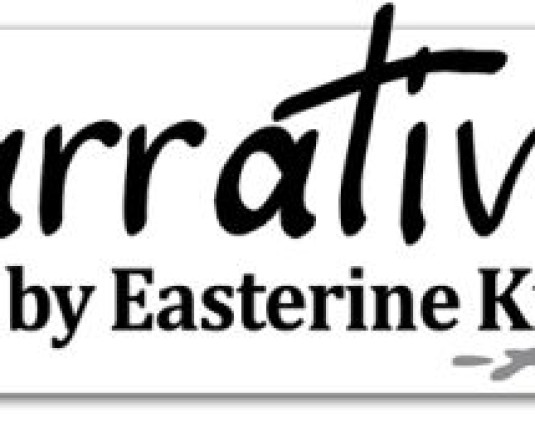
Two new books in early summer await us. ‘Tracing my Roots’ by Akho Yhokha offers a well-documented and historical version of migration narratives. Every scholar of Naga history should read this book. It is a book of connections – connecting us to our past and mapping migration routes in a very plausible manner. Story plays a central role in the book where many clues are picked up from a simple tale of our progenitor Keteikezeio, the dark, black man, and his wife Kezieü, bright woman. The story goes that Keteikezeio was the husband of Kezieü, and he came to her only by night. It appears that the unusual marriage of Keteikezeio and Kezieü can be found in a marriage custom that existed called Azhu marriage or walking marriage in China. The connection to the story is that it validates the existence of such a marriage and the absent father figure from the household. It is the perfect setting for a matrilineal structure which must have existed in the past at some time, with only the mother being responsible for the upbringing of her children from this union. When Keteikezeio makes his appearance to his three sons, the older two receive him courteously. But he is terrifying to look at and his third son was so filled with fear at the sight of his father that he turned into a pig and died.
These were our progenitors, and it was Kezieü who birthed Vadio whose name appears in origin tales. Where story ends, Geology, Archaeology and Anthropology begin and take over with scientific processes to unravel the mysterious origins of the Naga people. Naga archaeologists have had successful excavations based on information gleaned from folktales. The digging yielded many finds which proved that the Naga people have lived in the present area for a much longer period of time than was believed. The trick is in knowing how to read story so that a tale that appears simplistic and primitivist can be analysed to yield concrete information that can be traced back to a legitimate past. Geologists suggest that descriptions of the place Keteikezeio lived in as a deep gorge might mean it was a gorge caused by tectonic plates colliding centuries ago. In this manner, different disciplines find lore of the people valuable and take point from it to conduct research into our shared past. The book offers new migration theories which will be a valuable addition to existing theories of Naga origin. Akho Yhokha’s forthcoming book is also a statement of faith as he takes apart evolutionary theories.
The other book is by Jelle Wouters, a very well-known name amongst Naga scholars. His upcoming book, ‘Nagapolis: A community portrait’, is a must have in Naga libraries. Perspective is very important where Naga subjects are concerned. Sometimes a different perspective such as the point of view of a non-Naga helps us to understand our situations better. We gain a much clearer perspective on the matter when an objective eye presents its understanding of the subject. The collection of essays by Jelle Wouters covers several subjects in an effort to understand the highly complex and rich community that the Nagas are. The author has lived in Nagaland for a number of years in order to study and understand the community well. The essays show a deep understanding of the people from the intimacy of shared hearths that he has experienced.
Similar to Yhokha, Wouters reemphasises the important role storytelling played in a community that was largely oral before the advent of Christianity and western education systems. Wouters writes, ‘The oral histories, traditions and genealogies these storytellers shared traced back to the depths of deep time and were passed from generation to generation. These stories (as well as songs and poetry) reach deep into the Naga cultural sphere. They explain origins and histories, recollect events that happened at specific places, and points of time, manifest as morality tales, and supply the cultural backing for the norms and values that build Naga communities.’ Wouters goes on to explain the interruptions to storytelling as the Nagas hills were taken over by war after war, bringing an effective stop to the art of storytelling.
The connection between the two books, quite without design, is very interesting and goes to verify the bondedness and the rootedness of all knowledge. Both books will be published by summer 2022.






